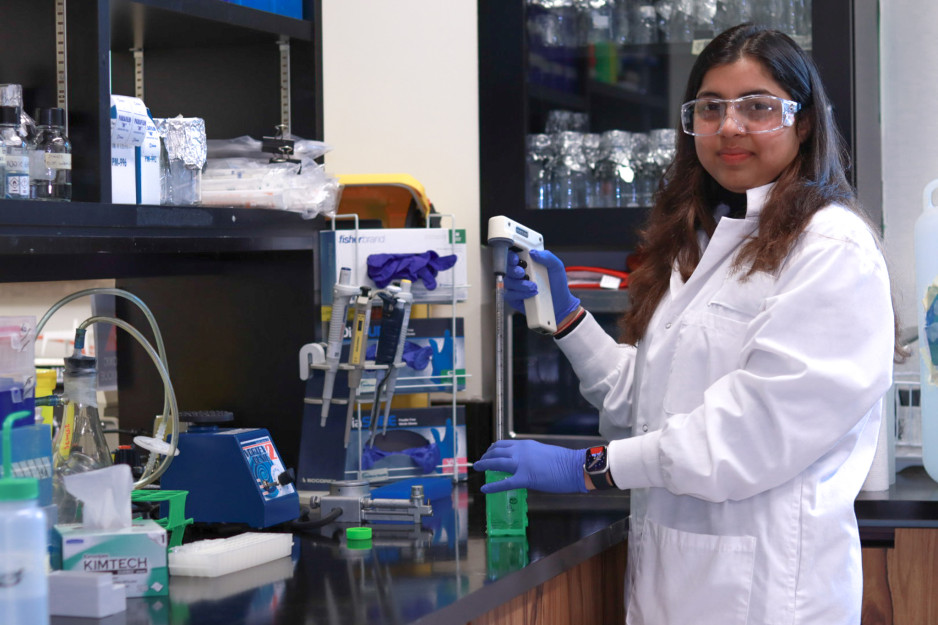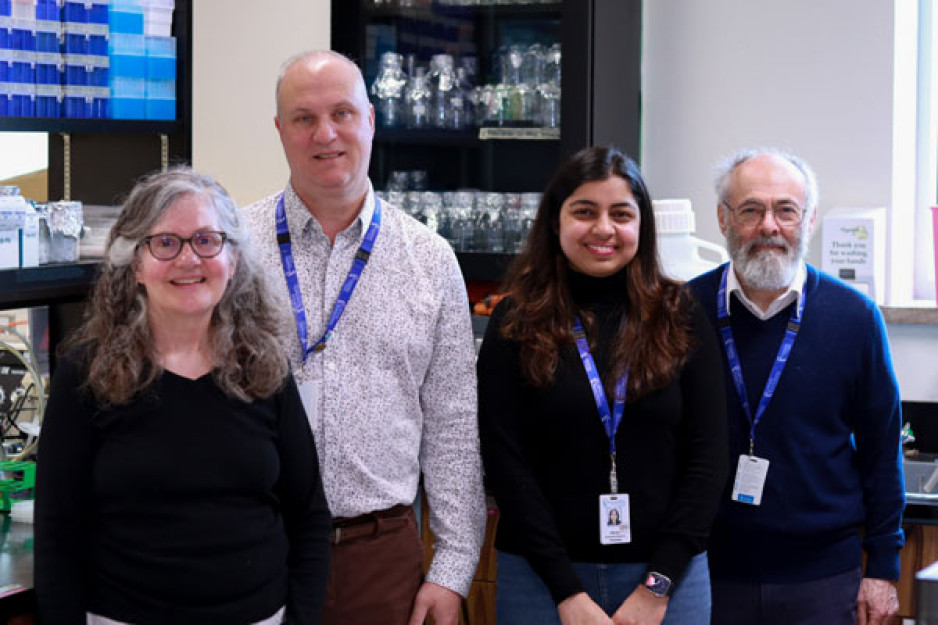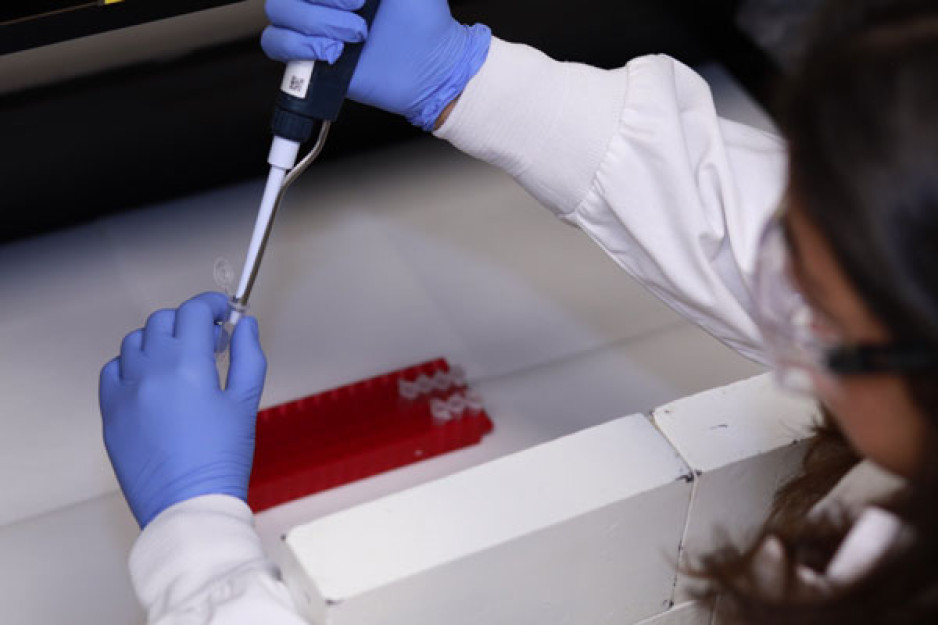Seeing the future of research
Bacteria don’t really sleep. And, on some nights, neither does Diksha Boora, an imaging researcher pursuing her PhD at Lawson Research Institute at St. Joseph’s Health Care London and the Schulich School of Medicine & Dentistry at Western University. Depending on exactly when an experiment started during the day, she sometimes must return to the lab in the middle of the night to check on the bacteria’s progress.
It’s just part of the job for this emerging scientist. She’s thrilled to be the recipient of support from generous donors to fund the next four years of her study and continue her contributions to imaging research. She’ll be supervised at St. Joseph’s by a legendary team that includes Mike Kovacs, PhD, Donna Goldhawk, PhD and Frank Prato, PhD, and she’s also enrolled in Western’s Commission on Accreditation of Medical Physics Education Programs stream to prepare her for a clinical medical physics career.
Making the leap
Born and raised in India, she holds a BSc and MSc in Physics and Nuclear Physics and began an MSc in Medical Biophysics at Western in the fall of 2023.
“I was already involved in science, studying nuclear physics, but I started to become interested in how this could be used for saving people’s lives,” she shares about the inspiration for shifting into medical biophysics. Her research – which focused on developing positron emission tomography (PET) probes – proved so successful that she was reclassified as a PhD student.
Previously, St. Joseph’s had to obtain PET probes from the United States to conduct bacteria imaging research. During her studies, she developed an alternative PET probe that attaches to bacteria to be imaged and can be manufactured at St. Joseph’s.
Life in the lab
Her research will address a growing problem around the world: antibiotic resistance. Antibiotics treat bacterial infections, but they are becoming both overused and misused, making infections harder to treat. Current antibiotics are not targeted, meaning they affect not only harmful bacteria, but also the good bacteria that humans need for maintaining overall health. The United Nations predict that by 2050, antibiotic resistance will lead to 10 million deaths globally each year – more than cancer.
“We need to find a way to see infections inside the body early, before they spread and cause damage to tissues,” she says about her research goal. Using radioisotopes produced in St. Joseph’s cyclotron facility, she is labelling and tracking microscopic bacteria to see where it’s going and inform the development of future treatments targeted to a single infection.
“If it works, then you won’t need to give antibiotics to treat an infection and create more problems,” she shares. “Antibiotic resistance doesn’t get a lot of attention right now, but if we don’t find ways to address this problem, it will become a big deal. So we’ve got to do it now.”
She is grateful to the donors for enabling her to continue her research and keep excelling as a woman in science. “This funding brings a major difference to my work,” she says. “It’s very important for me personally and it’s very important for the research itself and how it will unfold in the future.”
Your Donation Matters Here
Your gift will help keep our facilities up-to-date for patients and their families.


